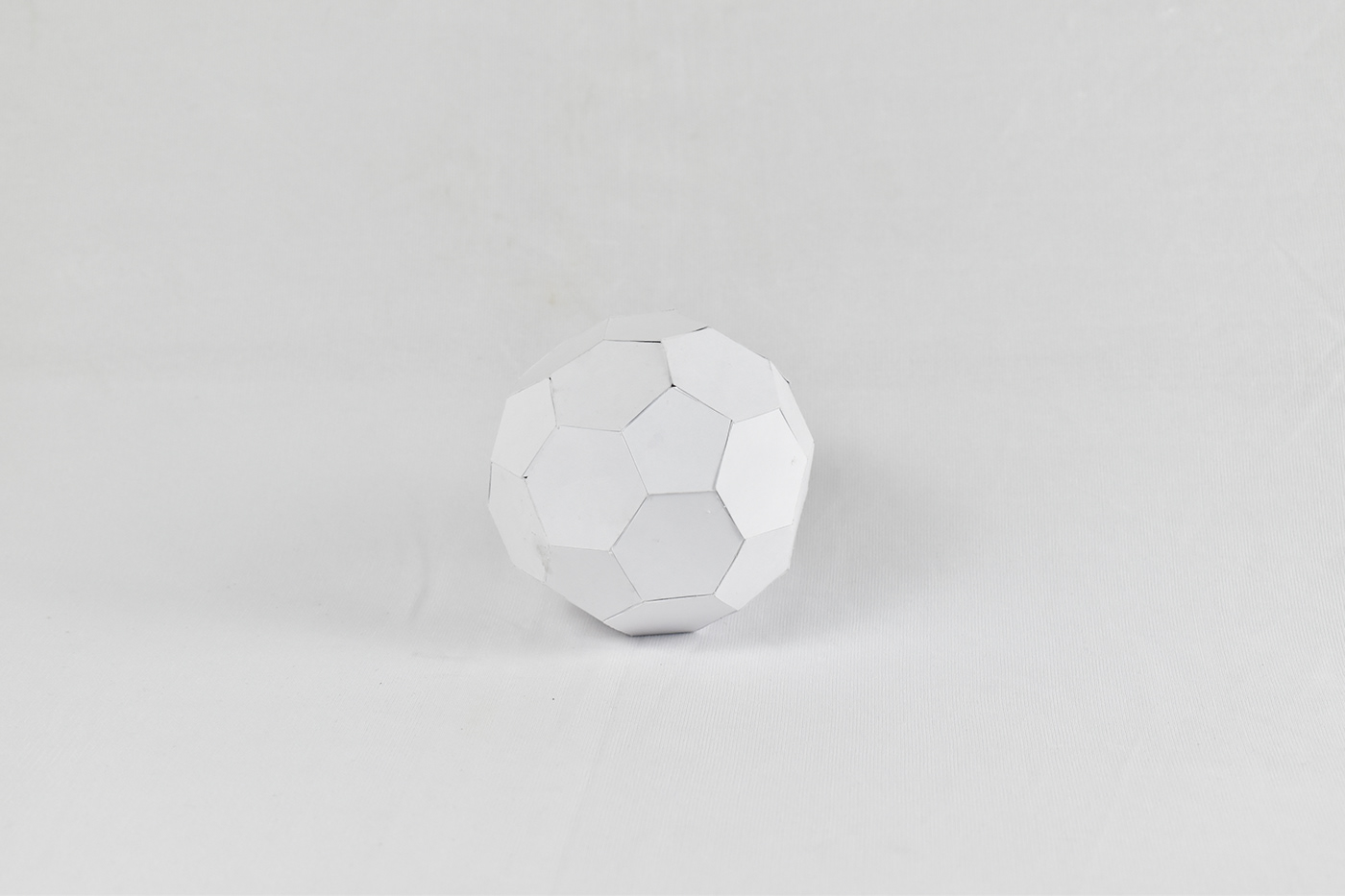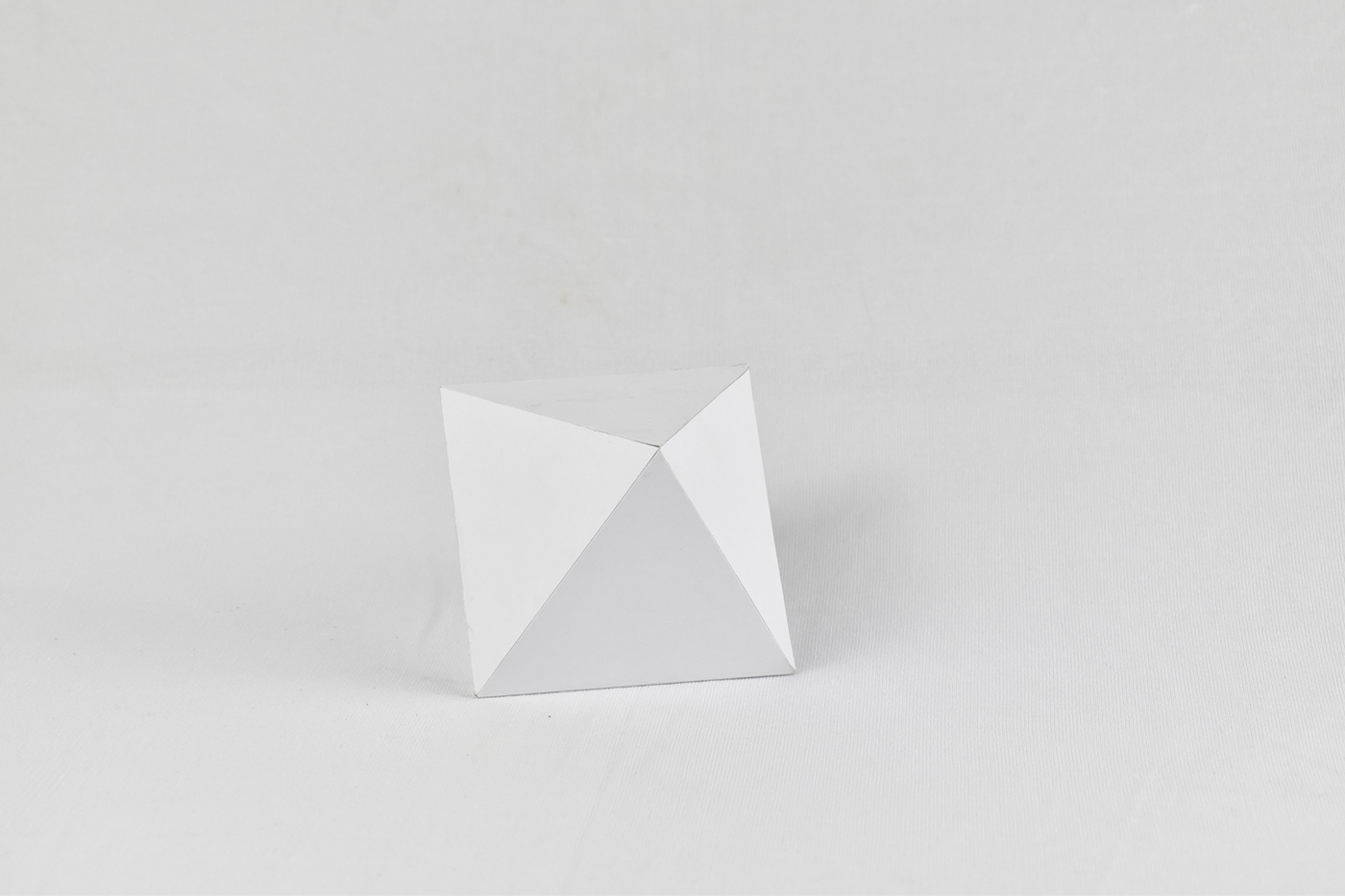CONTEXT:
1. Brief About Truncated Icosahedron
2. Final Prototype of Truncated Icosahedron
3. Brief About Tetrahedron
4. Final Prototype of Tetrahedron
5. Brief About Cuboctahedron
6. Final Prototype of Cuboctahedron
7. Brief About Dodecahedron
8. Final Prototype of Dodecahedron
9. Brief About Snub Dodecahedron
10. Final Prototype of Snub Dodecahedron
Brief About Truncated Icosahedron
The truncated icosahedron has five special orthogonal projections, centered, on a vertex, on two types of edges, and two types of faces: hexagonal and pentagonal. The last two correspond to the A2 and H2 Coxeter planes.
Final Prototype of Truncated Icosahedron



Brief About Tetrahedron
Tetrahedra have four vertices, four triangular faces and six edges. Three faces and three edges meet at each vertex. Any four points chosen in space will be the vertices of a tetrahedron as long as they do not all lie on a single plane.
Final Prototype of Tetrahedron


Brief About Cuboctahedron
A cuboctahedron is a polyhedron with 8 triangular faces and 6 square faces. A cuboctahedron has 12 identical vertices, with 2 triangles and 2 squares meeting at each, and 24 identical edges, each separating a triangle from a square.
Final Prototype of Cuboctahedron



Brief About Dodecahedron
A dodecahedron is a special type of polyhedron. A dodecahedron is a polyhedron that has 12 faces. So if you were to count the number of flat surfaces on this shape in the picture, you would count exactly 12 of them
Final Prototype of Dodecahedron



Brief About Snub Dodecahedron
The snub dodecahedron has 92 faces (the most of the 13 Archimedean solids): 12 are pentagons and the other 80 are equilateral triangles. It also has 150 edges, and 60 vertices. It has two distinct forms, which are mirror images (or "enantiomorphs") of each other.
Final Prototype of Snub Dodecahedron







